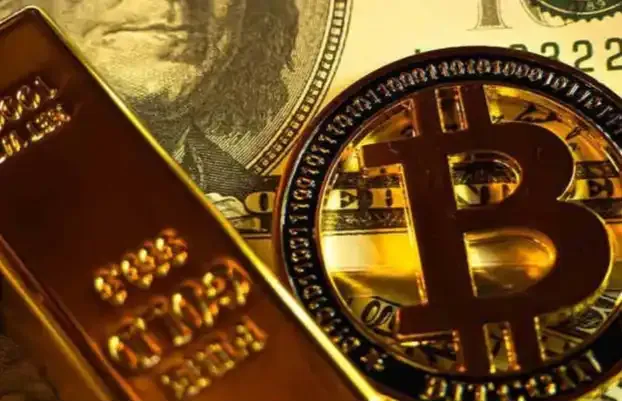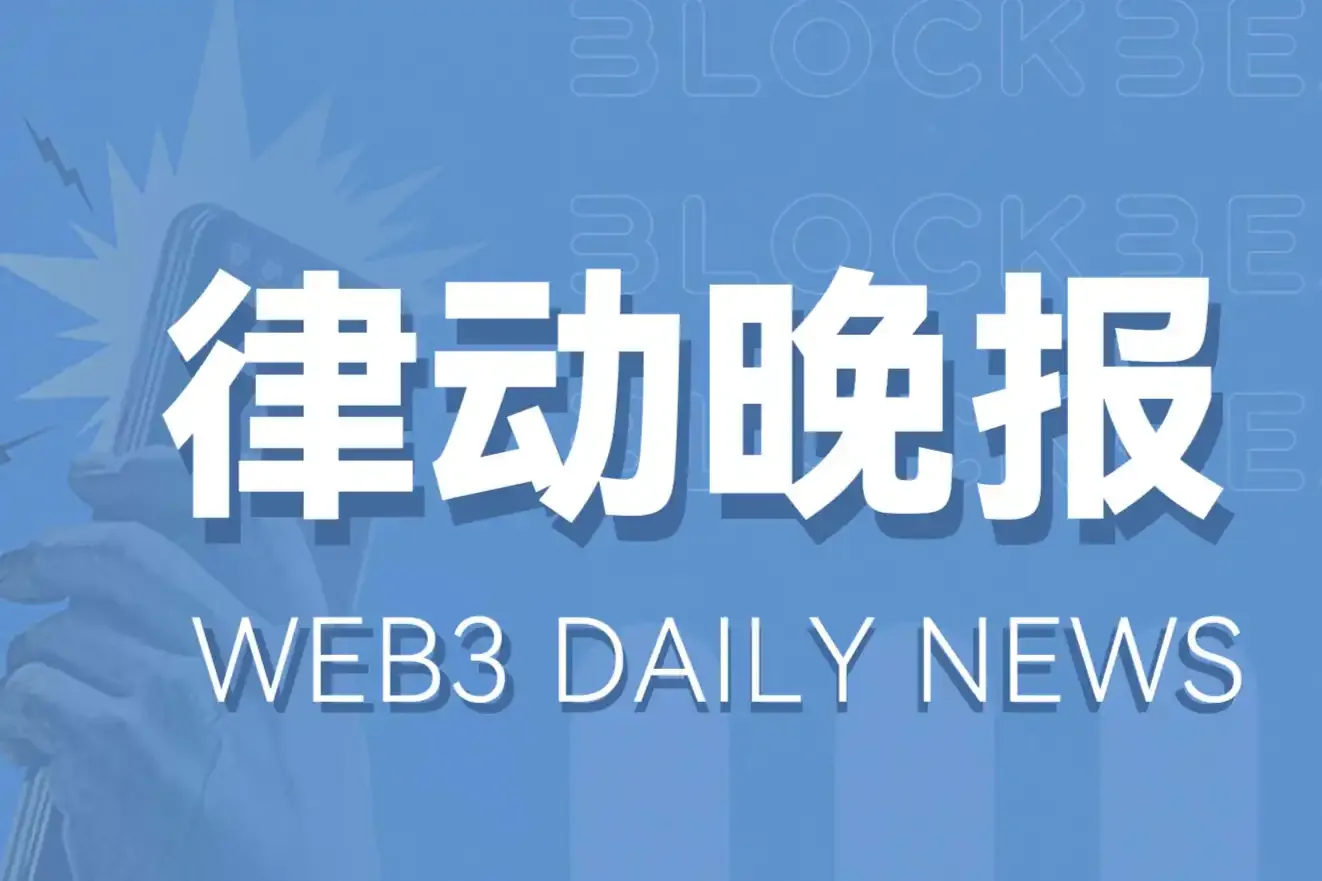A statement from Federal Reserve Governor Christopher Waller sent Bitcoin soaring to $112,413 within 24 hours, pushing the total market capitalization of the cryptocurrency market beyond $4.6 trillion.
"Payment innovations are evolving rapidly, and the Federal Reserve needs to keep pace." On October 21, 2025, at the Payment Innovation Conference, Governor Waller stated that the Federal Reserve has opened an unprecedented door to the crypto world.
The new payment account scheme, referred to in the industry as the "streamlined master account," will allow fintech companies and crypto enterprises to directly access the Federal Reserve's payment system, ending the historical requirement for these institutions to use banks as intermediaries to access Federal Reserve payment services.

1. A Breakthrough Move: The Federal Reserve's "Limited Access" Account
The Federal Reserve's "streamlined master account" is essentially a limited-access payment account that grants non-bank institutions direct access while also setting clear boundaries on capabilities.
This carefully designed balance reflects the Federal Reserve's cautious weighing of encouraging innovation against preventing risks.
Compared to traditional bank master accounts, this new type of account has distinct characteristics:
Functional Permissions
Traditional Bank Master Account
Streamlined Payment Account
Payment System Access
Full permissions
Basic payment channel
Interest Earnings
Earn interest
No interest paid
Overdraft Permissions
Allows overdraft under specific conditions
Strictly prohibits overdraft
Emergency Loans
Can use discount window
Cannot use
Balance Limits
No explicit upper limit
May have balance limits
Approval Process
Strict and complex
Simplified and quick
Source: AiCoin整理
Waller clearly stated in his speech: "This is not a traditional master account, but a specialized tool designed to meet the needs of specific institutions." This statement suggests that the Federal Reserve may have recognized that completely excluding non-bank institutions from the payment system no longer aligns with the development needs of the financial system.
2. Immediate Reaction: The Crypto Market's Frenzy and Rationality
The market's reaction to the announcement was both intense and layered. Bitcoin surged by $3,000 within 15 minutes of the news and broke the $112,000 mark within an hour.

The reactions across various market segments showed clear differentiation:
Asset Class
Price Change
Volume Change
Market Interpretation
Bitcoin (BTC)
+4.8%
+250%
Biggest beneficiary, value storage narrative strengthened
Ethereum (ETH)
+3.2%
+180%
Smart contract platform benefits from infrastructure upgrades
Stablecoins (USDT/USDC)
Anchored stable
+300%
Directly benefited from payment channel expectations
Payment-related crypto projects
+5-15%
+400%
Market optimistic about integration prospects with Fed accounts
DeFi Sector
+2.5%
+150%
Indirectly benefited, traditional financial channels opened
Source: AiCoin整理
"This is not just a simple bullish sentiment," said Pantera Capital analyst Li Mingyuan, "what we are seeing is the market re-evaluating the correlation between crypto assets and the traditional financial system."
On-chain data provider CryptoQuant indicated that within an hour of the announcement, net inflows of Bitcoin to exchanges were only 850 coins, far below expectations, suggesting a strong reluctance to sell among large holders.
Meanwhile, the Bitcoin Fear and Greed Index surged from 68 yesterday to 82, entering the "extreme greed" zone.
3. Far-reaching Impact: Restructuring the Financial Ecological Landscape
The Federal Reserve's decision could become a historic turning point in the evolution of financial infrastructure.
For the crypto industry, this means it has finally gained an official "pass" to the payment system. For a long time, crypto companies like Kraken and Ripple have been fighting for the right to directly access the Federal Reserve system, with some even suing the Federal Reserve.
"We have always known that there is a large but low-profile faction within the Federal Reserve that supports us," said Caitlin Long, CEO of Custodia Bank, in response to this matter. "I am glad to see Governor Waller publicly acknowledge this."
More specifically, this change could have profound effects on three levels:
● Revolution in Payment Efficiency: After crypto companies gain access to the Federal Reserve payment system, the settlement efficiency of stablecoins could improve from hours to minutes or even seconds. The development director at Ripple Labs stated, "This could change the way we handle cross-border payments."
● Reduction of Regulatory Arbitrage: The regulatory inequality between traditional banks and crypto companies will be partially diminished, creating conditions for a fairer competitive environment.
● Acceleration of Innovation: Fintech and crypto companies can now innovate products based on a certain regulatory environment without worrying about the uncertainties of payment channels.
The Federal Reserve's move has also triggered a complex response from the traditional banking sector. A Wall Street bank executive, who wished to remain anonymous, stated, "We understand the necessity of innovation, but we hope that regulation can ensure a fair competitive environment."
4. Market Perspectives: From Skepticism to Cautious Embrace
The market's interpretation of the Federal Reserve's move shows a multi-faceted and layered characteristic.
● Blockchain Capital partner Spencer Bogart pointed out: "This could be the most substantive fundamental positive for the crypto market since 2023. It not only reduces operational costs but, more importantly, grants legitimacy to crypto assets within the traditional financial system."
● Morgan Creek Digital co-founder Anthony Pompliano stated: "The Federal Reserve has effectively acknowledged the undeniable nature of the crypto financial ecosystem. This is a key turning point in the regulatory attitude from exclusion to acceptance."
● Grayscale Investments research director David LaValle was relatively cautious: "Investors need to recognize that this is still a prototype concept, and specific implementation details and timelines are not yet clear. The market may have overly optimistically priced in this news."
● Crypto data analytics firm Messari CEO Ryan Selkis provided a technical perspective: "From a system architecture standpoint, this means the Federal Reserve is opening its payment 'track' to non-bank institutions, similar to the transition of the internet from closed networks to open protocols."
● Overall market sentiment has shifted from cautious observation a month ago to cautious optimism. Options market data shows that the open interest in Bitcoin call options increased by 40% after the announcement, with strike prices concentrated between $120,000 and $130,000.
5. Forward Path: Key Challenges from Concept to Implementation
The Federal Reserve's proposal still faces numerous implementation challenges, and the future development path is worth close attention.
Regulatory Approval Hurdles: According to the U.S. Administrative Procedure Act, such significant policy changes require a public comment period, which is expected to attract hundreds of institutions to submit opinions. The Federal Reserve will then need to digest this feedback and revise the proposal, a process that could take 6-9 months.
Technical Integration Challenges: The Fedwire payment system was built in the 1970s, with the last major update in 2012. Integrating it with blockchain systems requires addressing a series of technical challenges, including transaction finality, settlement time, and system compatibility.
Risk Control Design: The Federal Reserve needs to ensure that the new accounts do not become channels for money laundering, terrorist financing, or sanctions evasion. This means that applying institutions will likely need to meet strict KYC, AML, and CFT requirements.
Key upcoming milestones worth noting for market participants include:
● November 2025: The Federal Reserve releases a concept document detailing the proposal
● January 2026: Public comment period expected to begin
● Q2 2026: The Federal Reserve analyzes public opinions
● Q3 2026: Final rules may be released
● Early 2027: The first accounts may be approved
"This will not be a fast track," warned former Federal Reserve Governor Randall Kroszner, "but the direction is clear; the integration of traditional finance and digital assets is inevitable."
This step by the Federal Reserve is not just a technical rule adjustment but symbolizes a shift in the traditional financial fortress's attitude from exclusion to acceptance of the crypto world.
In the coming weeks, the market will closely watch which institutions will become the first applicants for the "streamlined master accounts," and whether this change will achieve Waller's hope of "finding a balance between promoting innovation and maintaining financial stability."
Whether Bitcoin can leverage this historic opportunity to break through $120,000 and initiate a new bull market, the answer is gradually emerging in every trading decision.
Join our community to discuss and grow stronger together!
Official Telegram community: https://t.me/aicoincn
AiCoin Chinese Twitter: https://x.com/AiCoinzh
OKX benefits group: https://aicoin.com/link/chat?cid=l61eM4owQ
Binance benefits group: https://aicoin.com/link/chat?cid=ynr7d1P6Z
免责声明:本文章仅代表作者个人观点,不代表本平台的立场和观点。本文章仅供信息分享,不构成对任何人的任何投资建议。用户与作者之间的任何争议,与本平台无关。如网页中刊载的文章或图片涉及侵权,请提供相关的权利证明和身份证明发送邮件到support@aicoin.com,本平台相关工作人员将会进行核查。




